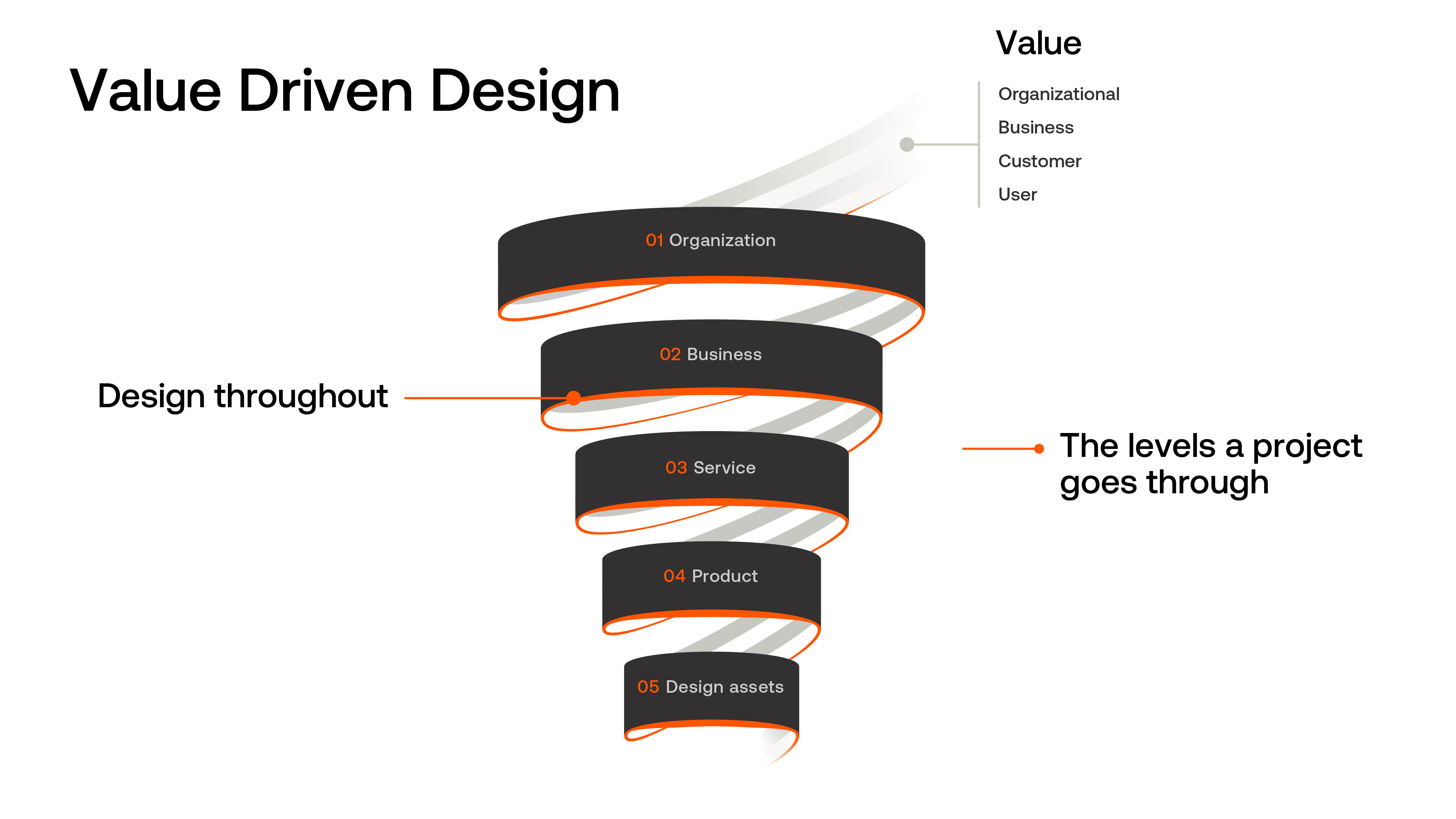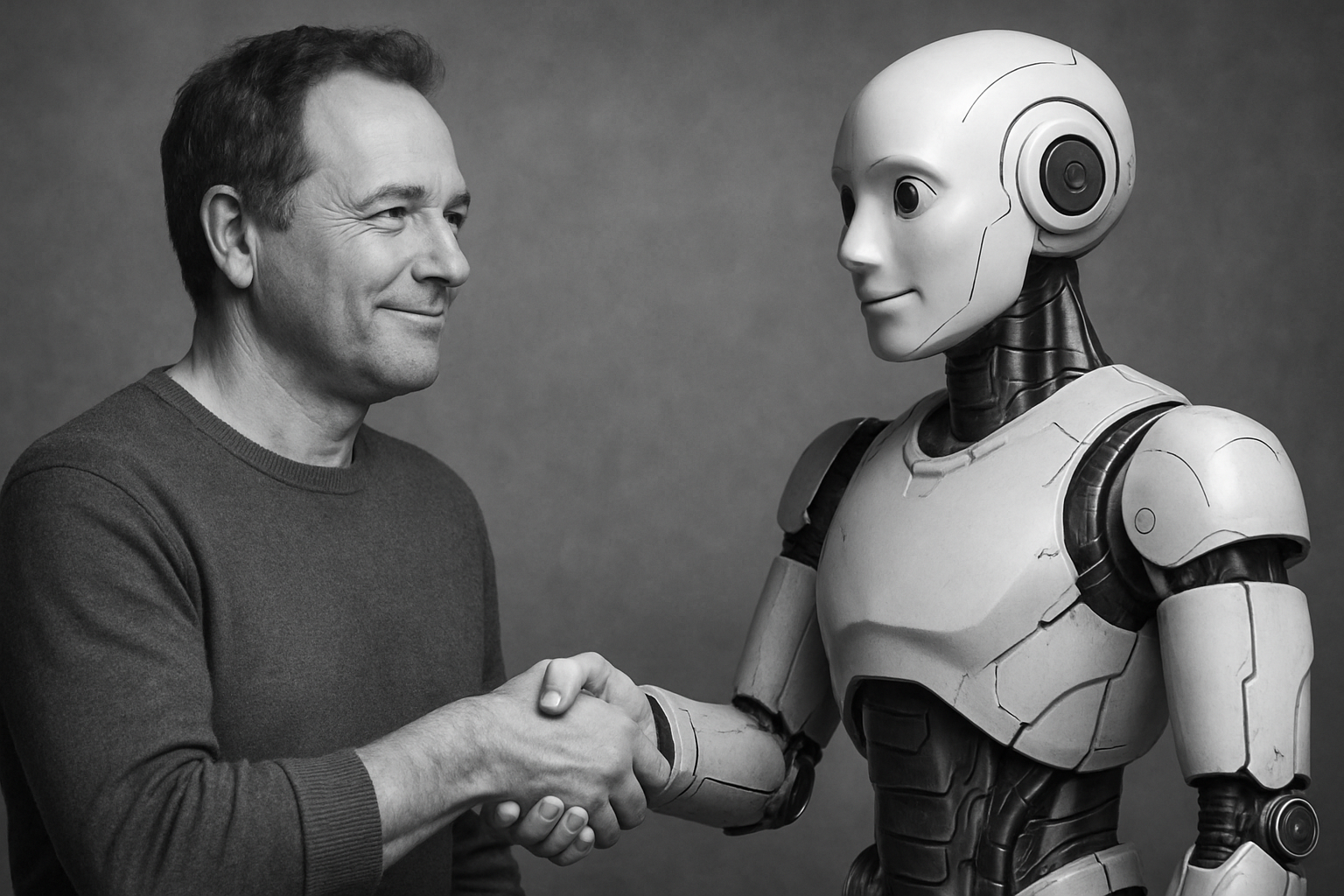Value Driven Design is a practical and flexible approach that helps teams turn strategic goals into meaningful outcomes by aligning people, processes, and decisions across every level of an organization. It provides a clear structure: from high-level intent to detailed implementation, while adapting to the context, constraints, and maturity of each team.
By focusing on stakeholder value and applying design iteratively at every stage, it enables better collaboration, sharper decisions, and results that make a real difference in the lives of users, customers, citizens, employees, or patients.
Value Driven Design connects the business strategy to that one button on that one screen.
Design connects shared goals to real-world outcomes
Value Driven Design is a structured approach that helps teams turn ambition in actionable outcomes by aligning strategy, people and processes. It brings clarity to complexity and supports collaboration.
When we at Keen unveiled our updated vision on design (hint: It's Value Driven Design), we wrote a blog article about it.
Design for every context
Value Driven Design is a framework that fits with every context. Read about the model in your context:
The version that covers all contexts can be found on our Process page.
About Value
When is a design a good design? / When is a product a good product?
When it delivers value.
When is something valuable and how do you know? That depends on your context. We distinguish values in context with measurements in these categories:
Identity and branding
Core values are the basis for branding. We capture core values with:
- KPIs
- design principles
- guidelines.
Goals
Why spend money and effort on a project? Why produce a product or service? Why use them? Basically, why is it valuable? We capture these values in OKRs.
Constraints & requirements
Each project has constraints and requirements that have their own value to their owners. We capture these values in KPIs.
About Design
Design is the process for translating value into products and services.
A lot has been written about design and a great series to read up on it was written by Jonathan Arnowitz in his The Timeless Scalable Design Process-series. A good place to start is obviously Part 1.

If you're specifically interested in a more historical overview, you can find an interesting analysis of 11 different versions of the design process in Part 4: Timeless-ness and its Origins.
Design Activities in our Process
Our Value Driven Design approach separates goals from design methods. While many companies specialize in a few methods, Keen offers a broad design offering, ensuring you get the design effort you need, not the one you have to take.
As you might have read on our Process page we consider these steps to determine an effective design process:

Our design process recognizes both the need for efficient design steps but also recognize the iterative nature of design that requires us to work, not in a waterfall fashion, but in an iterative nature.





